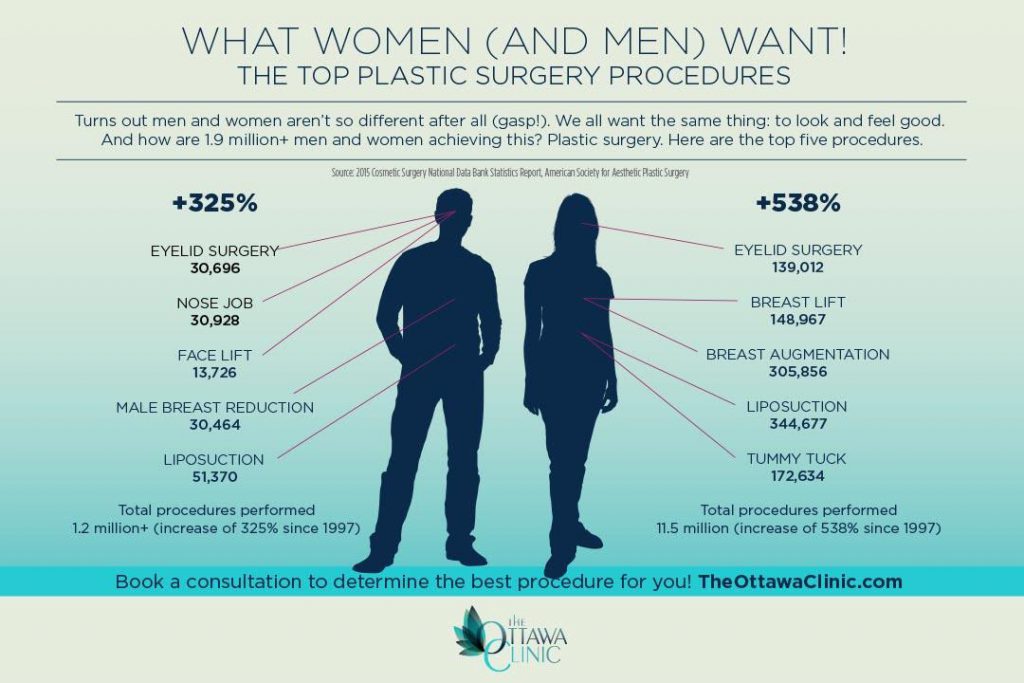Hormone acne is characterized by clogged up pores and oily skin that normally appears on the chin and jawline. It happens when hormonal changes trigger swelling and microbial overgrowth within hair follicles.
Breakouts might look like whiteheads, blackheads, papules or pustules and cysts or blemishes in more severe cases. It is much more typical in teenagers undergoing the age of puberty yet can influence adults of any age.
What Causes Hormonal Acne?
While acne can be triggered by a range of aspects, consisting of making use of hair and skin treatment items that aren't oil-free or made with active ingredients that can obstruct pores, hereditary proneness, diet,2 and tension, the origin is varying hormones. Hormonal acne takes place when the body experiences hormone modifications and variations that lead to an overproduction of sebum, which creates swelling, increased growth of microorganisms and changes in skin cell task.
Hormone acne is frequently discovered on the reduced jawline, cheeks and neck however can show up anywhere on the body. It is identified by imperfections that are cystic, painful and filled with pus or other product. It is additionally more likely to occur in ladies than males, specifically during adolescence, the menstruation, maternity or menopause.
Age
While numerous youngsters experience acne at some point during the age of puberty, it can continue to torment grownups well into their adult years. Called hormone acne, this form of breakout is tied to changes in hormonal agents and is typically most typical in women.
Hormonal acne happens when oil glands create excessive sebum, which blocks pores and catches dead skin cells. This leads to the formation of acnes, such as whiteheads, blackheads and papules, pustules, cysts or blemishes, deep under the surface area.
This type of blemish commonly causes discomfort, redness and inflammation. It might additionally be cyclical and show up around the very same time every month, such as right before your duration begins. This is due to the fact that levels of female hormonal agents like progesterone and oestrogen change with each menstrual cycle.
Menstruation
Hormonal acne generally appears in the reduced part of your face, along the jawline and cheeks, as whiteheads, blackheads or inflammatory acnes (pimples and cysts). It's most likely to show up around the moment when your menstruation adjustments.
Particularly around ovulation, when estrogen and progesterone levels are on the rise, hormonal agent variations can trigger breakouts. But it's additionally feasible to get acne at any kind of factor throughout your 28-day menstrual cycle.
If you see that your hormone acne flares up right prior to your duration, try noticing when specifically this occurs and see if it relates to the stages of your 28-day menstruation. This will aid you identify the source of your skin troubles. As an example, you might want to work on balancing your blood sugar level and eliminating high-sugar foods, or consider a prescription drug like spironolactone that can control your hormonal agents.
Maternity
Expanding a baby is a time of significant hormonal changes. For several ladies, this includes a flare-up of hormone acne. This type more info of outbreak normally begins in the first trimester, around week 6. It's caused by hormonal agent surges that boost sebaceous glands to make more oil, which can block pores and cause even more germs to build up.
Outbreaks may additionally happen as a result of pre-existing problems like polycystic ovary syndrome, which can additionally be a problem while pregnant and menopause. Likewise, some types of contraceptive pill (such as Ortho Tri-Cyclen and YAZ) can set off hormone acne in some women.
The good news is, a lot of acne treatments are "no-go" for expecting females (including preferred acne-fighting components such as isotretinoin and spironolactone). Yet if you can't stay clear of those bothersome bumps, your doctor might prescribe oral erythromycin or cephalexin, which are secure during pregnancy.
Menopause
As females approach menopause, the estrogen degrees that caused their hormonal agent acne to flare during the age of puberty begin to maintain and decrease. At the same time, nonetheless, a spike in androgens (also called male hormones) happens due to the fact that these hormones can not be exchanged estrogen as efficiently as before.
The extra of androgens can trigger oil production by the sweat glands, which clogs pores. When the stopped up pores come to be inflamed and inflamed, an acne forms.
Hormone acne is typically seen on the face, especially around the chin and jawline, yet it can occur on the neck, back, shoulders, or breast. This sort of acne tends to flare in an intermittent pattern, similar to the menstruation. Stress and anxiety, which enhances cortisol and tosses hormonal agents out of balance, likewise adds to the outbreaks.
